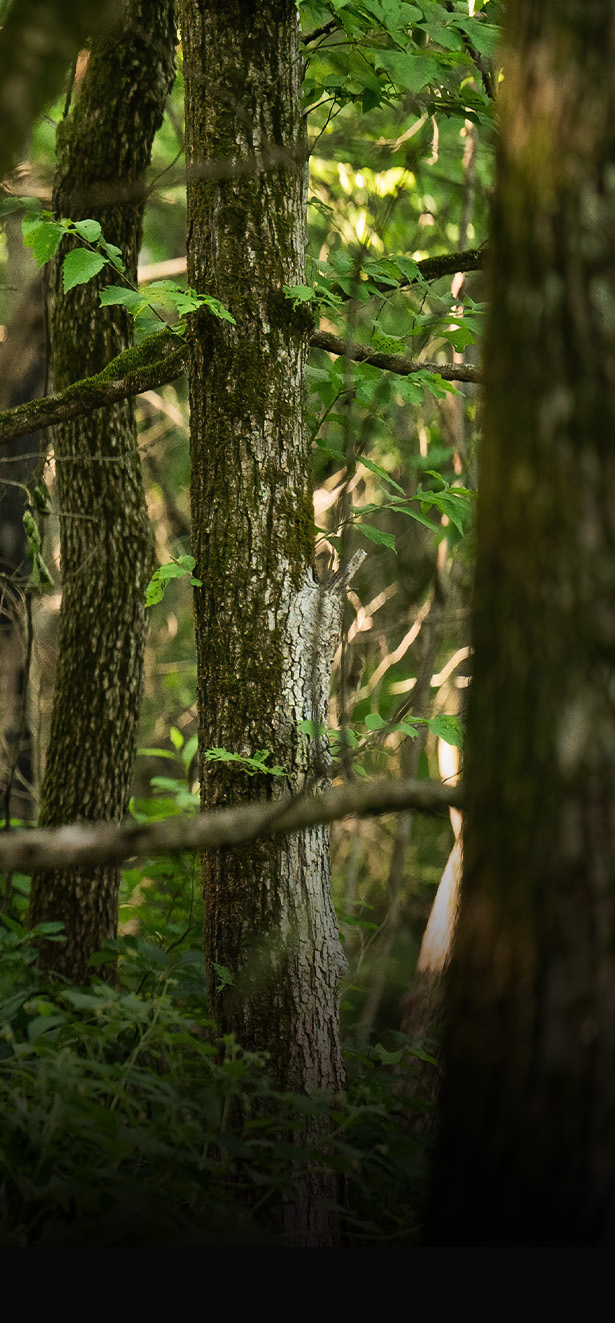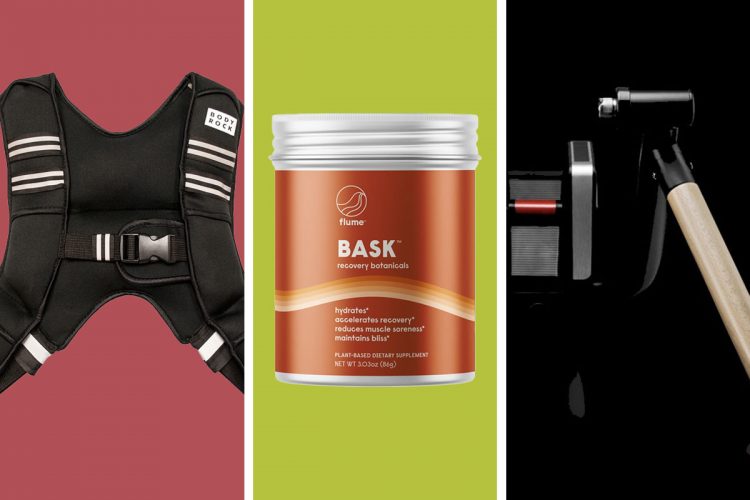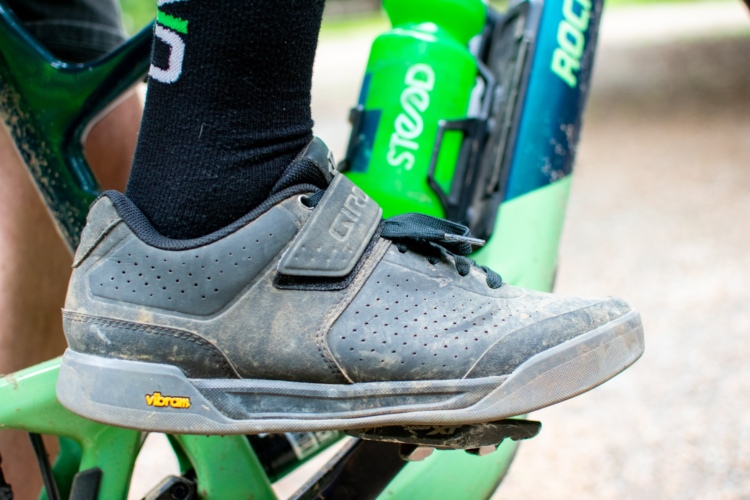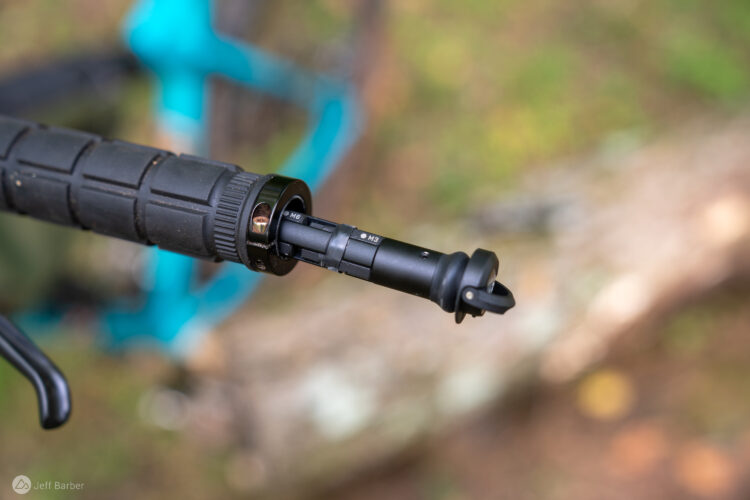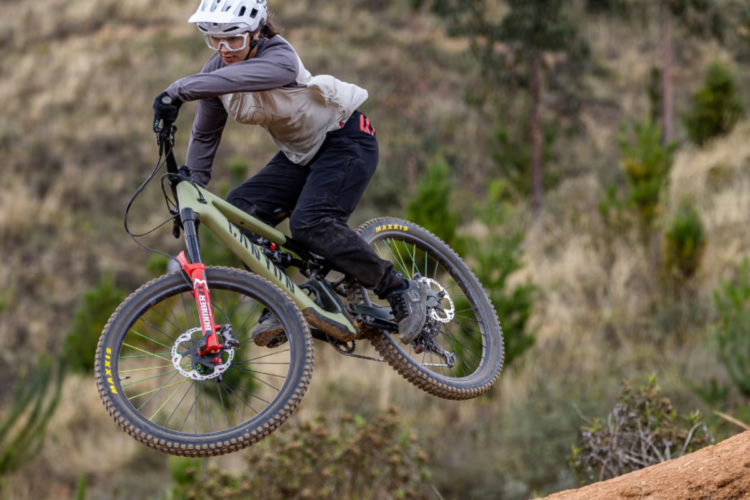
As the days lengthen, temperatures start to creep up and the first few brave flowers begin to add a splash of color to our usually gray and muddy rides, our thoughts turn to what epic adventures this summer will bring. For the racers amongst us this changing of the seasons can mean only one thing: the start of the race calendar is fast approaching. No matter what kind of rider you are, for all mountain bikers alike, this is the time of year your winter training (or lack of it) gets a proper testing.
Unfortunately, for most of us riding a bike 5-6 days a week is simply not possible, nor would this be a very kind option for our bodies. The bent over position of cycling, so similar to the hunched desk and driving position many of us spend most of our working day in, can cause postural issues such as back and shoulder pain over time. The low impact, non-weight bearing nature of cycling can cause low bone density, which leads to decreased bone strength. Only ever doing one type of sport, particularly one which repeats the exact same movement, such as pedaling, also increases the chance of injury through overuse. All these issues before we even begin to broach problems caused by the inevitable crashing!

By adding one or two sessions of cross training into your weekly schedule you will be able to build a stronger, well-rounded fitness base. Choosing activities that work on your weakest areas and use the whole body in an alternative complimentary way to cycling will rebalance muscle strength and enhance your performance. Cross training can also provide a welcome relief from the intensity of a hard training schedule or just add a bit of variety to everyday life, keeping you fresh and energized for hitting the trails at the weekend.
Strength (gym-based) workouts are undoubtedly an important part of training, but it doesn’t suit and isn’t always possible for everyone. Gym and turbo sessions do not need to be the only non-bike-related training sessions in your week.
So what exactly is cross training and how will it help your performance on the bike?
Traditional methods include sports such as:
Running
Why – Time efficient, minimal equipment required, cardiovascular workout, runner’s high.
Benefits – Strengthens the quads, glutes, and hamstrings, improves bone density and lung capacity.
Trail running in particular is believed to have transferable benefits, as Ben Plenge from MTB Strength Factory explains:
“The uneven nature of the trail compared to pavement means that your stride length is constantly varied and in general, people seem to run with a shorter stride. This helps to make trail running a safer activity when compared to road running, which has very high injury rates. When you combine the lateral movements as you dodge trail obstacles and the unstable surface you may also get an injury-proofing effect on your ankles and knees that may carry over to MTB.”
Swimming
Why – Whole body workout, low impact, increased lung capacity, lengthens hip flexors (often tightened by cycling)
Benefits – The weightlessness of swimming makes this a great option if injured, or for general recovery. The water passing over sore muscles can have a soothing, massage-like effect. Swimming can also increase your range of motion and lung capacity.
Yoga/Pilates
Why – Time efficient, minimal equipment required, low impact, aids recovery, relaxation
Benefits – Improved flexibility and core strength will leave you more comfortable for long days on the bike and decrease the chance of injury. The breathing exercises can aid with focus under pressure.
Cross Country Skiing
Why – Builds entire body strength and endurance, outdoor adventure activity when biking isn’t possible, improves balance and coordination
Benefits – An endurance activity that mimics long days out on the bike. Skiing overall but in particular, cross country skiing, is the perfect way to build base fitness through the winter for northern hemisphere riders.
These are all worthwhile and effective methods of Cross Training but if you’re still not feeling inspired here are few alternative ideas:
Climbing

Why – Builds upper body strength, particularly forearms and finger grip, flexibility, diverse movement, concentration, bursts of extreme efforts.
Benefits – Anyone who has ventured out onto a proper mountain will have experienced the debilitating pain of arm pump. Climbing is the best sport for building stronger forearms and grip strength to combat this. Especially popular with DH riders.
Ben Plenge from MTB Strength Factory recommends climbing for physical and mental strength:
“Rock climbing or bouldering can be beneficial for upper body strength and especially finger and grip strength. It also teaches valuable lessons about dealing with and overcoming fear, which will have parallels out on the trails when you are hitting a drop or big jump for the first time.”
Team Sports
Why – Sprint power, anaerobic training, reactions and coordination, diverse range of movements work and strengthen tendons and ligaments, cardiovascular workout
Benefits – For those who struggle with motivation, team sports such as football, basketball, hockey, or rugby provide a fun atmosphere that gets you working hard. The high paced intense nature of games gives a high intensity workout not dissimilar to interval training.
Racket Sports
Why – Whole body workout, grip strength, reactions and coordination, diverse range of fast paced movements strengthen ankle ligaments, cardiovascular workout
Benefits – For those whom whether through time or preference prefer solo sports, tennis, badminton, or squash may better appeal. Again the fast paced movements and intensity of effort challenge all the muscle groups in a different but complimentary way to cycling.
Hiking

Why – Strengthens glutes, quads, hamstrings, crucial muscles (hips), relaxes and clears the mind.
Benefits – Hiking may not require the same cardio intensity as faster paced-sports, but a good mountain climb will get the legs and lungs working. Importantly it provides time for recovery, family, friends, and enjoying the outdoors at a pace you can actually see it.
Other Options
The only limit to the ways you can cross train is your own imagination. Other options this writer can think up are kayaking, rowing, horse riding, parkour, martial arts, body pump, circuits, surfing, and roller blading.
James Wilson from MTB Strength Training Systems recommends Brazilian Jiu Jitsu. This is a self-defensive form of combat martial art that focuses on taking people down and grappling:
“Brazilian Jiu Jitsu gets people on the ground and moving in very different ways than you use on the bike. It builds grip strength and cardio, as well as acting as a great form of stress relief since you get to choke people out for fun! It also builds good body awareness and balance, which are important on the trail.”
On the Other Bike
If you simply can’t bear to drag yourself off two wheels, consider laying your mountain bike aside for the moment and looking at the ways other riding styles can benefit your fitness and technique.
Road Bikes
Much as us dirt lovers like to mock them, in truth a rapidly growing number of mountain bikers do have a skinny wheeled speed machine hidden in the shed. Either as a rapid and efficient way to commute or an easier, straight out the door way to get the endurance base miles in, road bikes certainly have their benefits. The consistent surface type allows the rider to work on their pedal cadence and sustain a measured power output for a prolonged period.
Dirt Jumps/BMX/Pumptracks
Spending a day or evening sessioning the jumps and rollers can do wonders for your technique when it comes to getting back on the trails. These sort of facilities usually have a range of tracks to suit all levels and are a great place for picking up some hints and tips from more experienced riders. As anyone who has even been round a pumptrack a couple of times can testify, it is a strong quad and cardio workout too!
Motocross
You may not immediately think of riding a bike with a motor as a form of fitness training, but when you take into account the extra 250 pounds these beasts have on a mountain bike you begin to understand. The great thing about motocross is that whilst the handling may not be exactly the same, the muscles groups used are. However, on a moto every obstacle hit requires double the strength and effort to wrestle the larger bike back under control. For a whole body strength session that will leave you grinning through the burn, consider taking up motocross.

For many riders the mere suggestion of doing anything other than riding a mountain bike in their spare time is tantamount to the most offensive insult. Yet these will often be the same riders bemoaning their lack of fitness on a weekend epic, groaning over their stiff back as they dismount, or injured because a lack of functional whole body strength meant they pulled a muscle sprinting across the park with their kid. Even the best world cup athletes don’t spend their whole time on a mountain bike. Gee Atherton rides motocross, Rachel Atherton climbs, both of the personal trainers quoted in this article trail run.
Sadly, there is no magic, specific sport to cross train in that will yield a sudden leap in performance on the bike. However, it can certainly provide a way to spice up a training plan and work on our weaknesses that biking alone can’t. The important thing is to think outside the box and find an activity you enjoy and feel motivated to get involved with–only then will you stick to it, and it is through consistency we see improvements.









